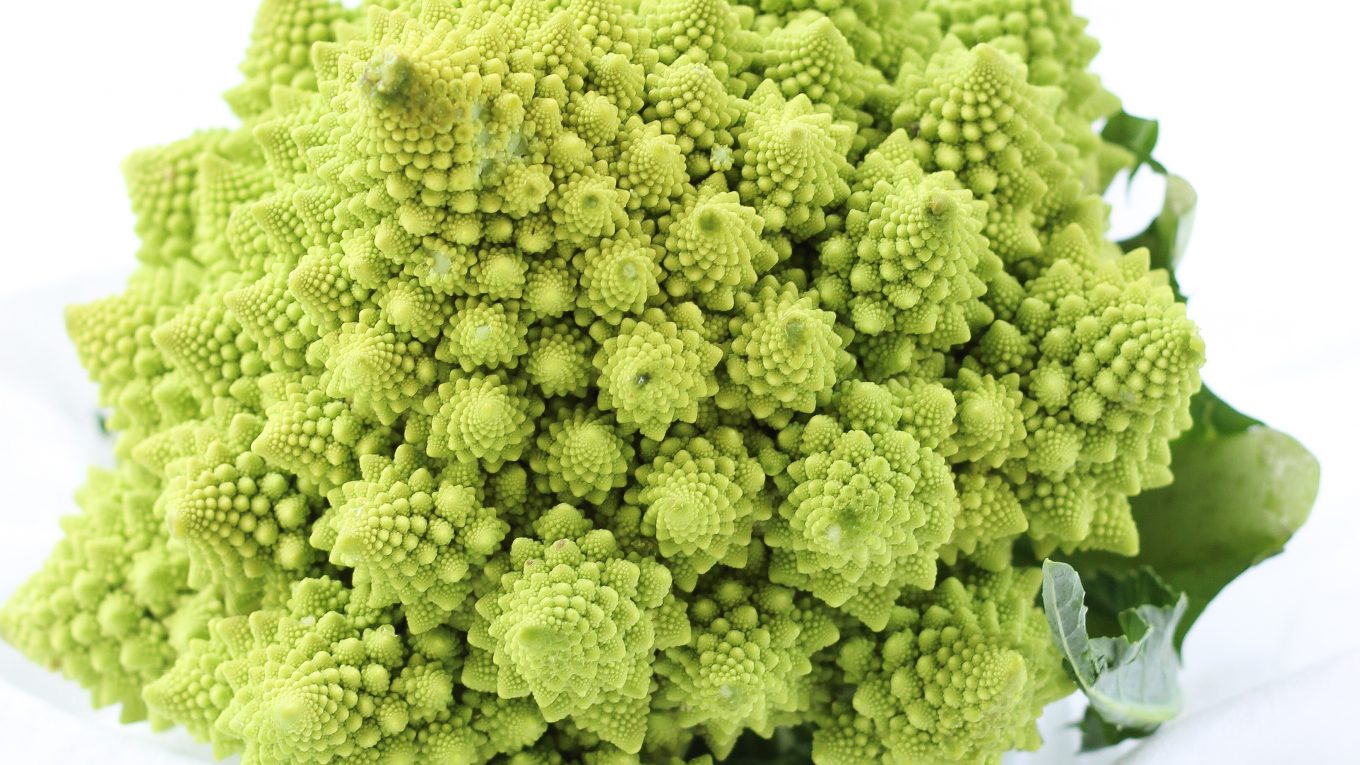Doodling with ideas
There’s been a flurry of responses for this week’s discussion prompt about not wanting to think, and the implications of this thesis for the classroom. My initial response was posted on Monday, but today, I’m doodling around with some other ideas, based on questions posited by classmates.
The first point that prompted some deeper thinking was about athletes and sports psychology, coming from research by Cleary & Zimmerman (2001).
My response: Your connection from sport athletes to classroom practice in terms of “developing self-reflective practice and self-regulation in order to help students take control of their own learning” brings to mind the power and potential of social stories and restorative justice practices (RJ) that I used as a school principal – both strategies do just that. While social stories were developed initially to support students with autism, they can be used with students who don’t always plan ahead, particularly for recess times. RJ questions help focus on the metacognitive thinking when actions negatively impact the lives of others, again usually in the school yard. While they are not specifically the same as the elite athlete’s self talk or action visualizations, these techniques help students train their brain to make better choices in their actions in relation to others.
This also led to another response – this one to a discussion response on this topic
My response: Thinking About Sports
This really caught me attention, as a mother who’s son is a 3rd degree black belt in karate. He talks about the ‘zen moment’ when he completes a routine so automatically and without any apparent thought, since he’s triggering all the hours of practice, merging it with proprioceptive and neuromuscular memory, to ‘NOT THINK’ in the moment of peak performance. When you say “we try to avoid thinking as much as possible for most of the sensorimotor tasks involved in performing athletically” it made me think of this moment of ‘not thinking’ but comparing it to a bob-sledder who mentally rehearses the run from the top of the incline, only to be able to think very quickly and reactively when the downward ride ends up going wrong. By being able to not think, just react, it allows the brain to think on a higher, or deeper, level and be more responsive in it’s thinking processes, or even make unusual intuitive leaps in thinking that wouldn’t otherwise happen. More thinking about not thinking – can’t stop it! 🙂
The second question “So I am kind of curious, if you have to choose between arts and sciences which means you have to pick one you good at and one you don’t , how would you like to make the choice?” was echoed by the course instructor, for myself and a classmate to respond.
My response: In Ontario, the graduation requirements from high school are set with a number of required courses in both – science/math and art/humanities. That’s not to say students don’t do what young mathematician Vi Hart does in her YouTube sensational series of videos (Doodling in Math) – train the brain to combine the two in unique ways. It’s unfortunate that students are forced to choose an either/or option rather than finding ways to build connections between these disciplines. The Wright Brothers had to be great artists as well as engineers to make their mental models come to life. Sir Sanford Fleming, creator of insulin, had to be both scientist and humanitarian. Today’s classrooms should work toward building the 5 minds fo the future, envisioned by Howard Gardner, or the ‘whole new minds’ Daniel Pink writes about. With world issues and UNESCO’s call for action to address the Sustainable Development Goals, which some Ontario educators are weaving into their teaching (see Rola Tibsurani’s blog site as an example), there needs to be a breaking down of the mental and academic silos in which students (and educators) are compartmentalized.
So to answer your question – I would chose one, but find ways to thread all the other disciplines into the mix.
References
Cleary, T. J., & Zimmerman, B. J. (2001). Self-regulation differences during athletic practice by experts, non-experts, and novices. Journal of Applied Sport Psychology, 13(2), 185-206.
Gardner, H. (2007). Five minds for the future. Boston, MA: Harvard Business School Publishing.
Pink, D. (2006). A whole new mind: Why rich-brainers will rule the future. London, England: Penguin Books.
United Nations Educational, Scientific and Cultural Organization. (2017). UNESCO moving forward the 2030 agenda for sustainable development. Author. Retrieved from https://en.unesco.org/creativity/sites/creativity/files/247785en.pdf
Image attribution: Photo by Lauren Lester on Unsplash
